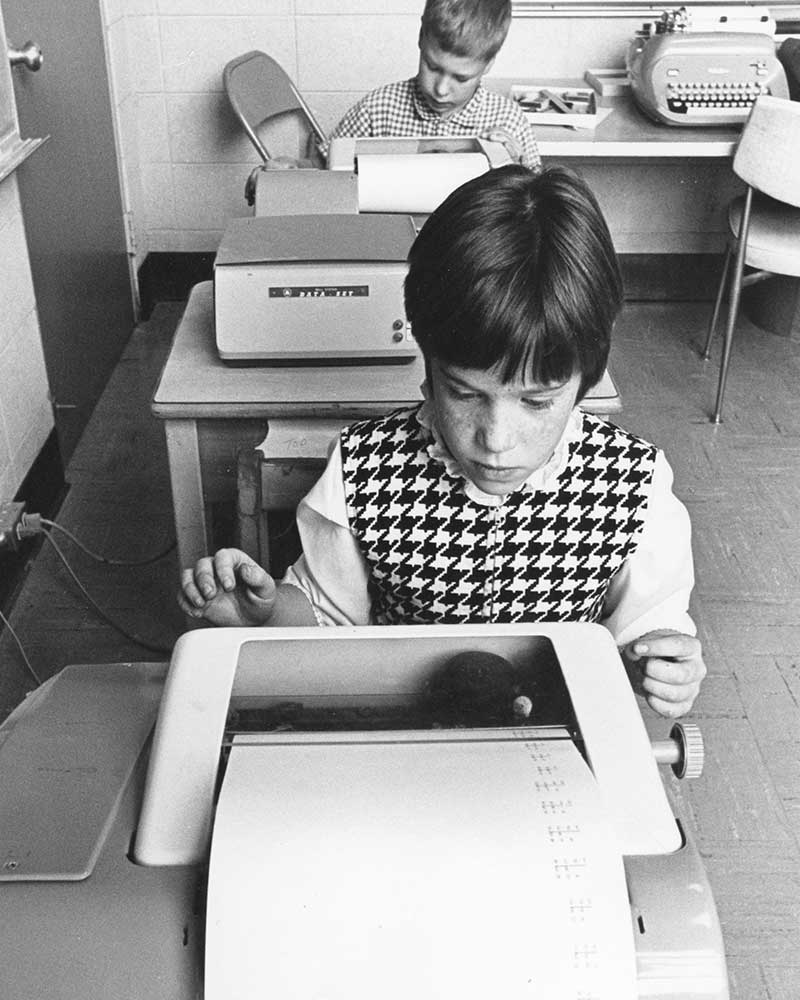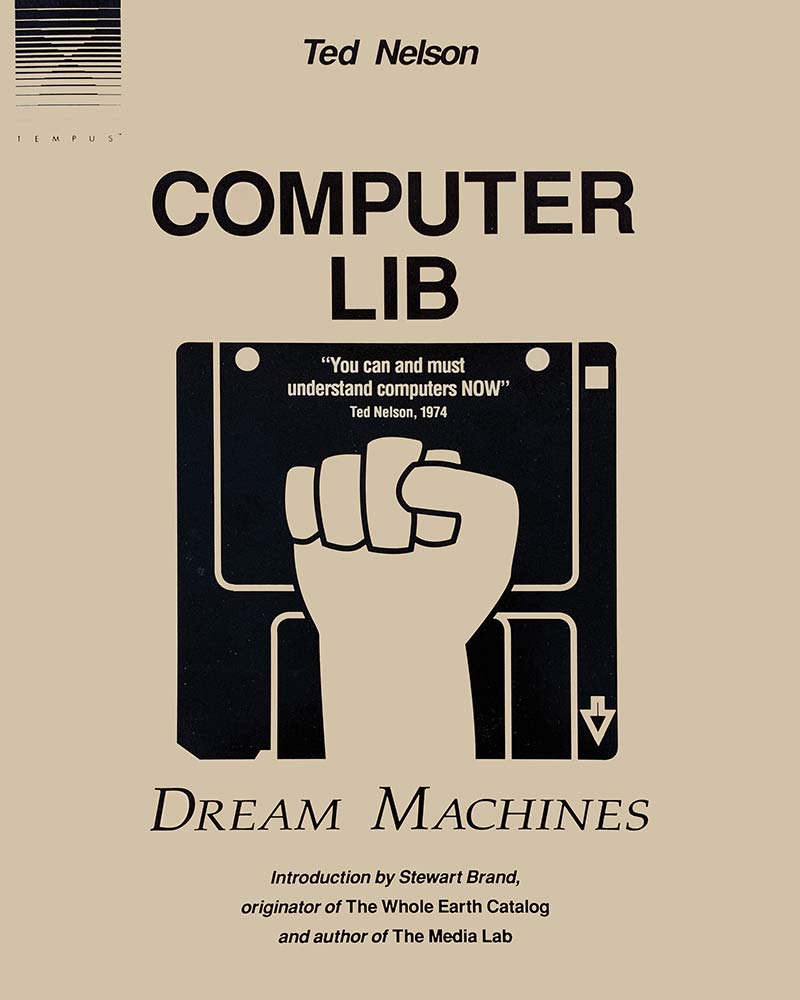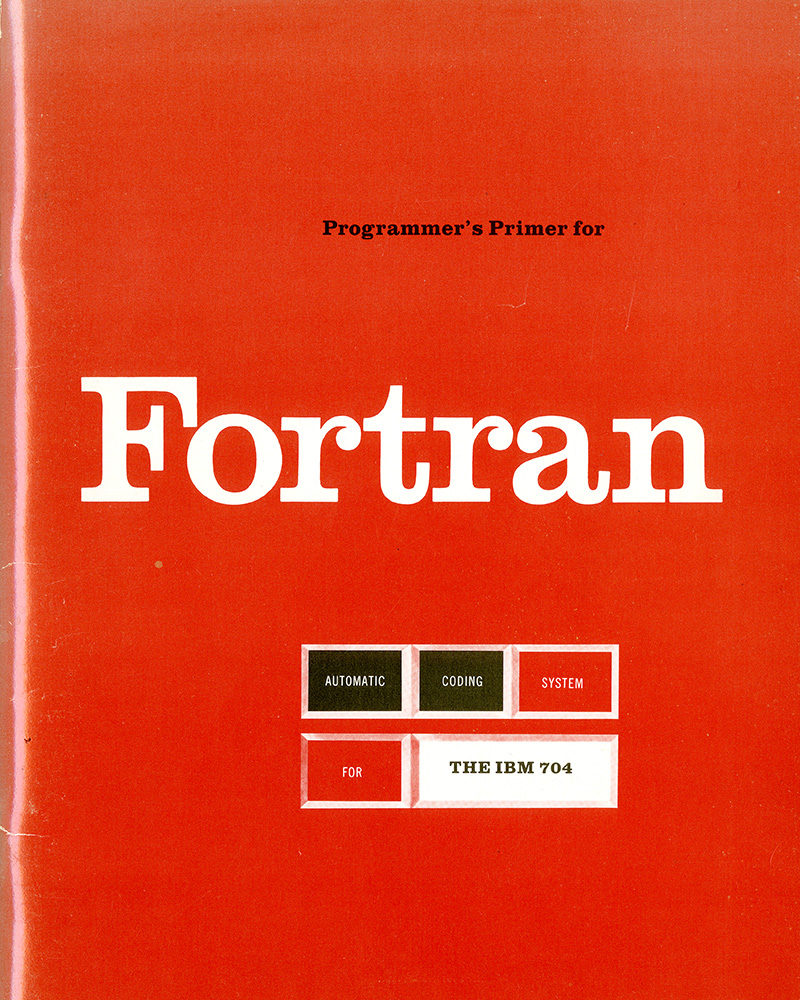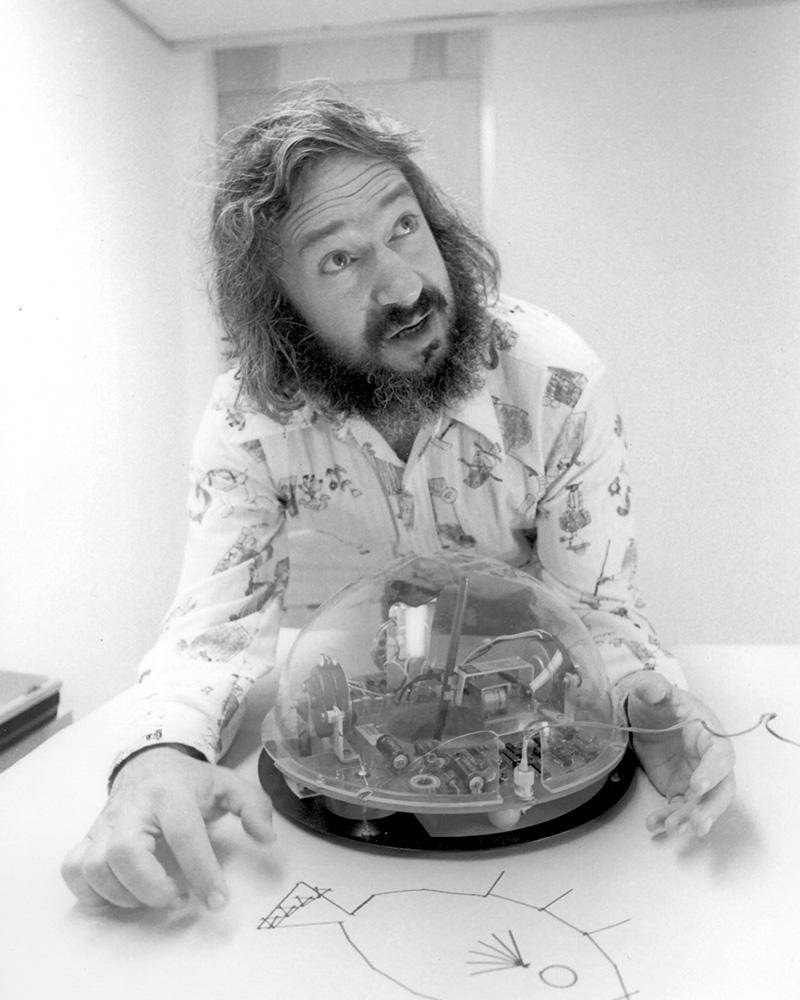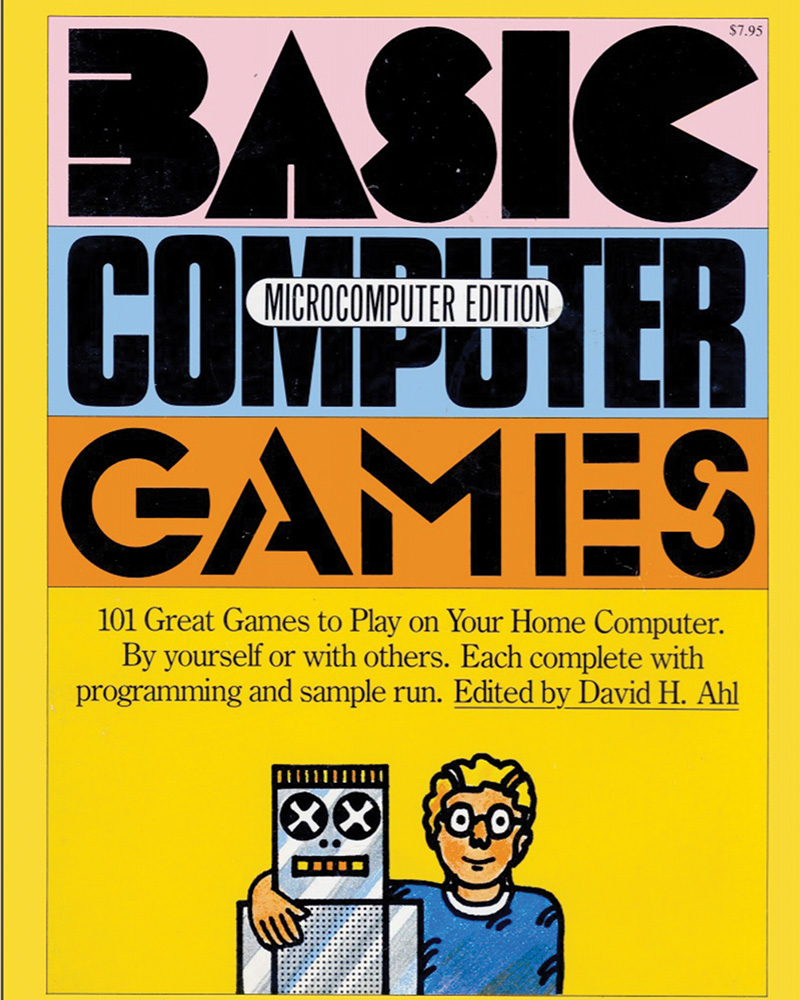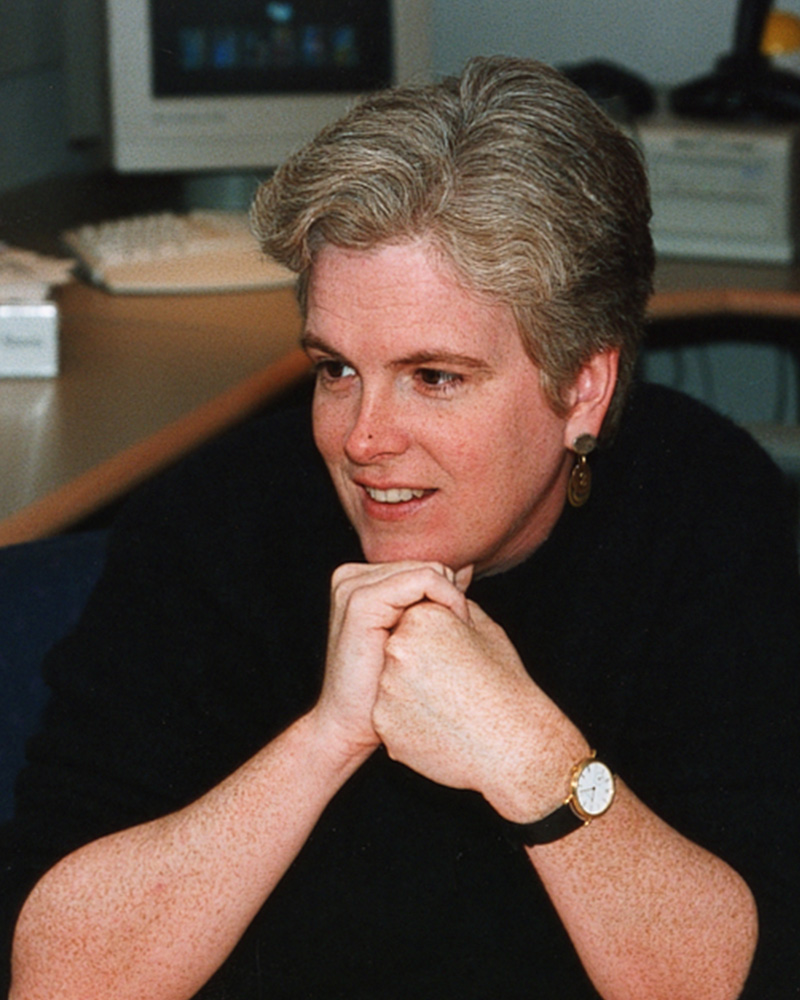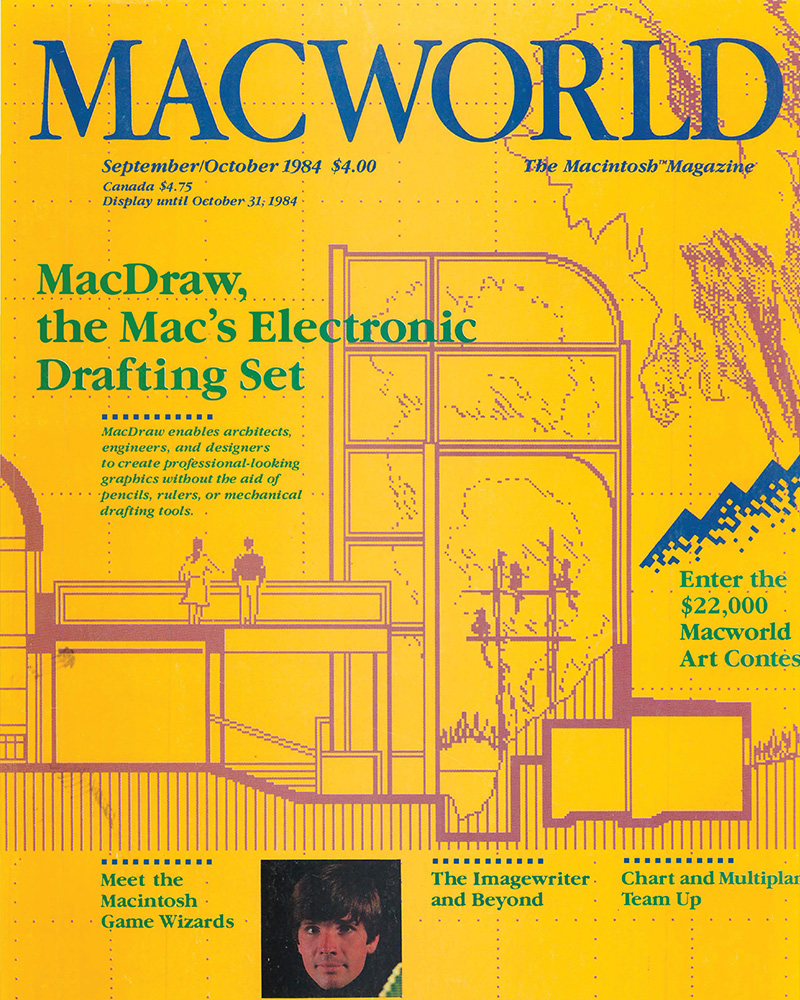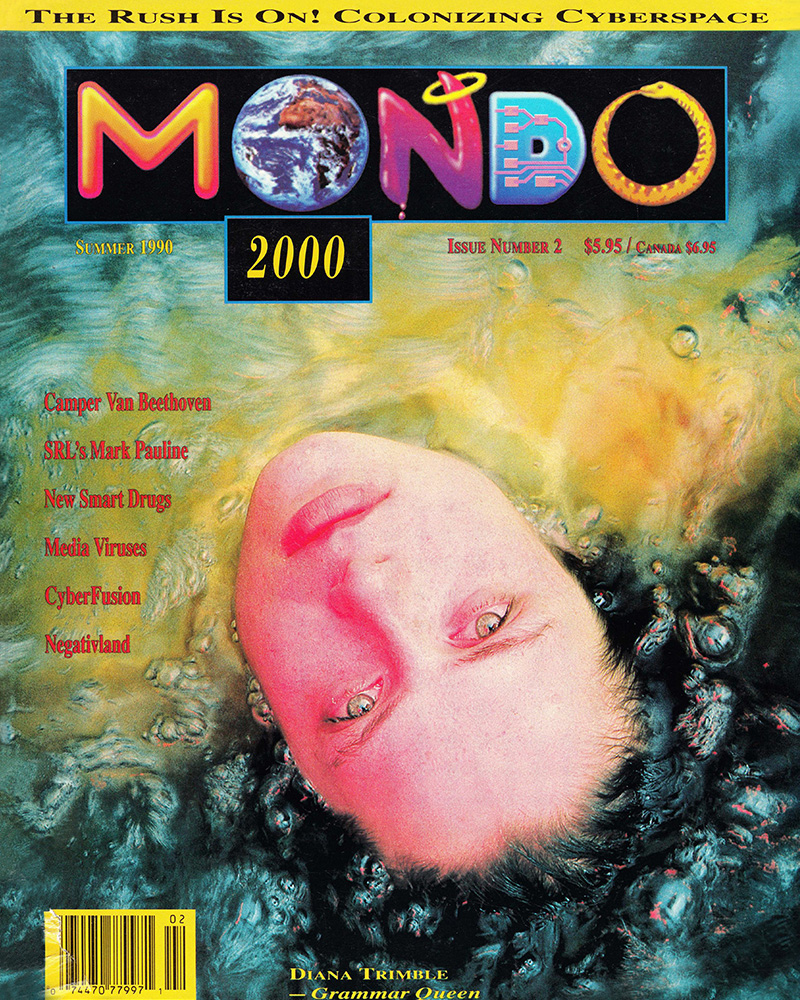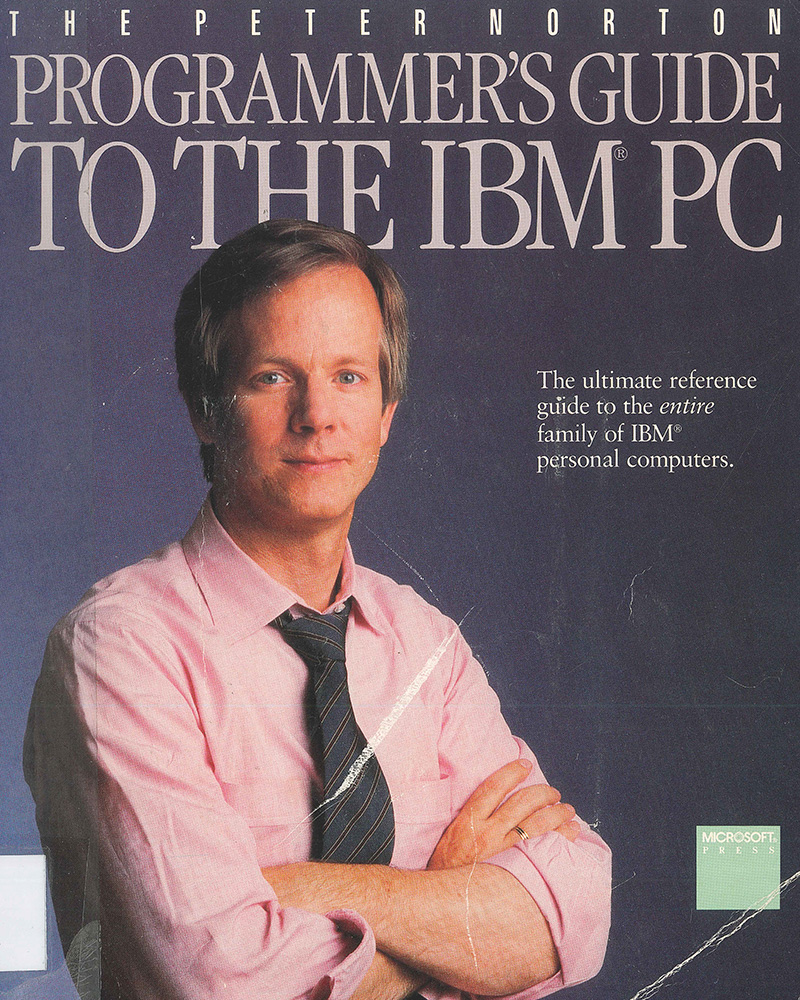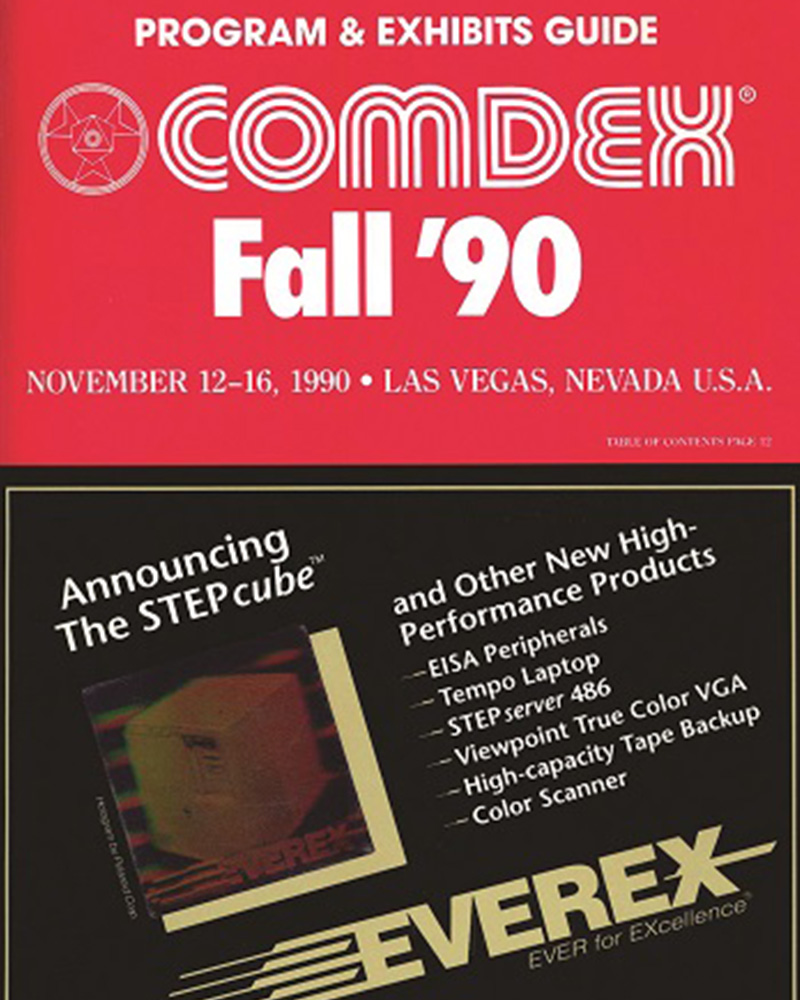Code Nation Excerpt (Chapter 5)
During the microcomputer era, the most popular programming books were about computer games
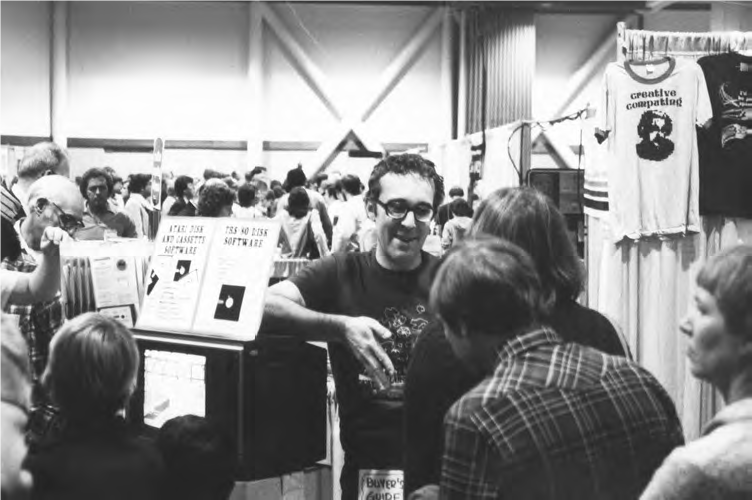
David Ahl in the Creative Computing booth at the West Coast Computer Faire, Civic Center, San Francisco (1980). (Courtesy Jim Warren and the Computer History Museum)
A central argument in Code Nation is that computer books and magazines should be seen as important bellwethers of the learn-to-program movement. These printed resources filled the gaps in America’s technical education system, especially for self-taught programmers who learned the ropes on their own and gradually entered professional computing occupations.
Technical publications like computer books carried with them the values and commitments of the era’s software creators, consumers, and entrepreneurs. They promoted the industry’s best practices and prominent computing myths, including the aspirations and ambiguities about programming that had existed in the industry since the 1960s.
David H. Ahl
The rising tide of popular support for computer programming can be seen in the popularity of the BASIC programming language, and the success of David H. Ahl (1939–), a pivotal entrepreneur and book author. Among other things, Ahl was likely the first technical writer to sell over a million copies of a programming primer in the U.S.
David Ahl started publishing computer books about mainframe and timesharing BASIC in 1973, and he continued to write bestsellers about BASIC in the era of personal computing. His titles were eagerly consumed by students, teachers, hobbyists, and industry professionals alike. Like the computer book authors Daniel McCracken and Bob Albrecht, Ahl paved the way for a new style of technical writing, the personality-driven primer, which emphasized the author’s style and voice, and sought to create a lasting bond with the reader.
David Ahl’s project’s also kick-started one of the most lucrative segments of the software world in the 1970s and 1980s, computer games. The success of this genre provides evidence that Americans were building a programming culture around entertainment and new technologies. This enthusiasm for gaming would soon overflow into new computing platforms and products.
Ahl began his career at the Digital Equipment Corporation (DEC) in 1970. The innovative computer company was housed in a former woolen mill in Maynard, Massachusetts, and Ahl spent his early years working as an education manager, marketing DEC computers to schools. In 1971, while working with high school and college students around the country, Ahl developed the idea of collecting text-based computer games from the people he met and distributing them.
Ahl had been deeply impressed with how creative young BASIC programmers were, and he thought that sharing games would be a fun way to build the DEC platform and establish a user community. Ahl put out a call in DEC’s Edu newsletter for students and faculty to mail their favorite BASIC games to him, and he promised to share the results.
Ahl was astonished with the feedback that he received from BASIC users at home and abroad. Hundreds of letters poured in with source-code listings and enthusiastic notes from game players of all ages. When everything was ready, Ahl assembled a manuscript. He selected the most interesting games, put them in alphabetical order, and printed a volume that he titled 101 BASIC Computer Games, which DEC distributed in 1973. Each program featured a description, notes about the game’s usefulness, a list of system limitations, and the name and address of the contributor, when known.
In 1978, the second edition of Ahl’s book came out, entitled Basic Computer Games: Microcomputer Edition. This book included enhanced games revised for Microsoft BASIC on several early PC platforms. In later interviews, Ahl claimed that the Computer Games series sold over one million copies—an astonishing number with historical significance. The scope of this user base indicated that programming was no longer the domain of just academics and engineers, but it had become a popular pastime in America.
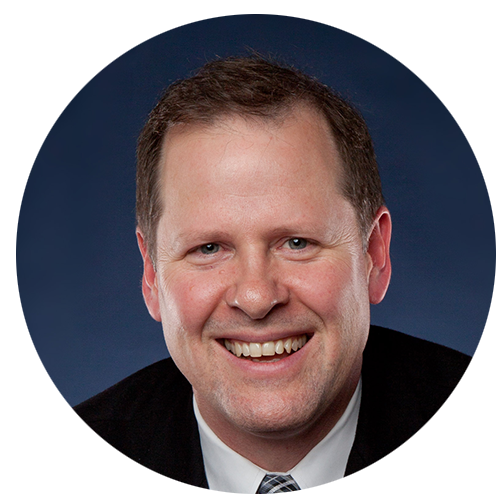
Michael Halvorson, Ph.D., is an American technology writer and historian. He was employed at Microsoft Corporation from 1985 to 1993, where he worked as a technical editor, acquisitions editor, and localization project manager. He is currently Benson Chair of Business and Economic History at Pacific Lutheran University, where he teaches the history of business and computing and directs the university's Innovation Studies program.


